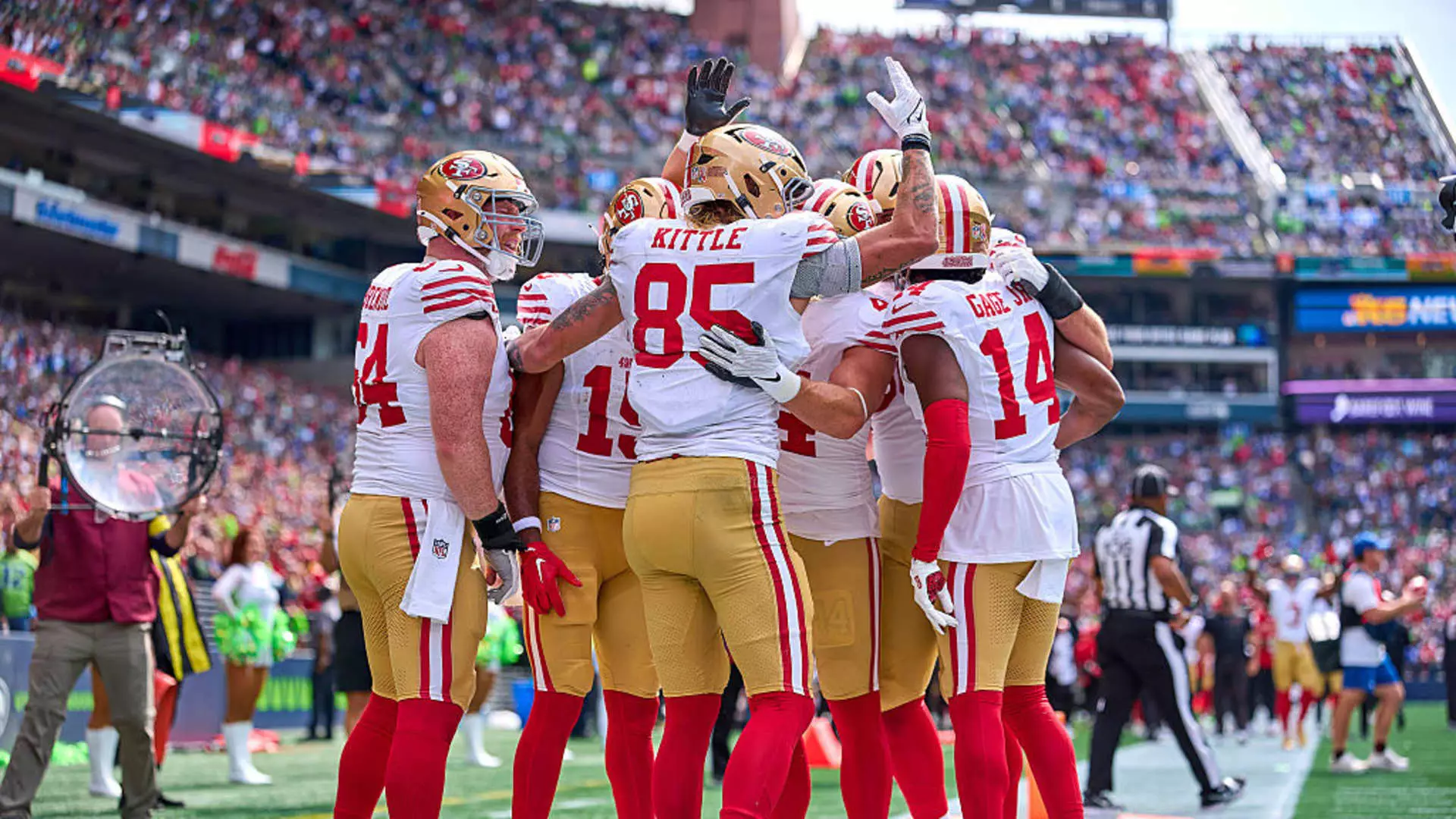In recent years, an increasing number of ultra-rich families and investment moguls have set their sights on the sports industry, viewing it as a lucrative playground for their capital. The allure of owning a stake in popular teams or emerging sports leagues is not merely about financial gain; it’s a statement of status, a symbol of influence, and a way to embed themselves into the cultural fabric. However, beneath this glamorous veneer lies a complex web of economic risks that many of these investors seem either oblivious to or willfully ignoring. Their enthusiasm, driven by a desire for legacy and long-term positioning, often ignores the volatile reality of sports markets where profitability remains elusive for many.
While headlines spotlight billionaire purchases of NFL or NBA teams, these high-profile deals obscure the broader truth. For many family offices, sports investments serve more as a passion project than a reliable revenue source. Goldman Sachs’ recent survey reveals that only a minority of these families see sports as an immediate financial windfall; most are motivated by long-term strategic positioning. Yet, at a closer look, this passion can be dangerously misaligned with economic fundamentals. The assumption that owning sports teams inherently leads to wealth preservation or appreciation oversimplifies an industry fraught with unpredictable factors—changing consumer tastes, declining TV ratings, and the high costs of team management.
Investing in Emerging Sports and Women’s Leagues: A Risky Endurance Test?
Beyond traditional teams, emerging sports like pickleball or women’s leagues garner attention for their growth potential. Still, investor interest remains tepid and cautious, clearly illustrating that enthusiasm in the ecosystem is one-sided. Goldman Sachs’ data confirms that only a small percentage of family offices are willing to put their money into women’s leagues or minor sports, mostly due to perceived underperformance risks. High-profile ventures, such as billionaire-led teams in the WNBA or new sports leagues, emphasize future value rather than immediate or stable cashflow. These investments are akin to speculative ventures—delayed gratification cloaked in a guise of social progress and innovation.
This cautious approach highlights a broader issue: the belief that sports, especially women’s leagues or niche sports, will become profitable without significant structural changes or cultural acceptance. That’s an optimistic but naïve notion given the deep-rooted economic challenges of monetizing these leagues, which currently lack the lucrative broadcasting deals, sponsorships, and fan engagement that their men’s counterparts enjoy. The investments echo a narrative that they are more about aligning with social values and long-term brand positioning than genuine financial returns.
The Mirage of Wealth Preservation and Inflation Hedges
Despite the risks, many wealthy investors see sports as a hedge against inflation. The logic is that sports franchises, with their diversified revenue streams—ticket sales, merchandise, streaming rights, and sponsorship—offer a resilient haven against economic downturns. But this perspective overlooks the reality that sports teams are primarily luxury assets, susceptible to the whims of market trends, economic health, and consumer confidence. The pandemic exposed the fragility of these assets, with many teams experiencing significant valuation drops and revenue setbacks.
Furthermore, the fascination with sports as a long-term wealth strategy reinforces a problematic narrative: that cultural capital and prestige can substitute sound economic fundamentals. In truth, these purchases are less about genuine investment and more about maintaining social dominance, legacy-building, and personal passion. The fact that billionaires and family offices are increasingly investing in other sports enterprises—sports betting, social clubs, media firms—underscores their desire to diversify within a bubble that is fueled more by hype than by sustainable economics.
The Myth of Endless Growth in Sports Markets
As elite investors flock to sports ventures, it’s tempting to believe that this sector promises unstoppable growth. But history provides ample evidence that sports markets are cyclical and susceptible to external shocks—from economic crises to evolving societal preferences. The betting that future streaming rights and international expansion will unlock endless value is optimistic at best.
Billionaires with expansive sports empires, such as Blackstone’s David Blitzer, exemplify a risky gamble—investing across multiple leagues and related businesses to diversify risk. Still, this strategy assumes continual consumer interest and stable regulatory environments. If consumer habits shift or regulatory crackdowns occur, these investments could quickly turn sour. For most family offices, with their conservative, long-term perspectives, the pursuit of sports assets may be more about prestige and social capital than about prudent investment decisions.
It’s essential to recognize that sports, despite their cultural appeal, remain a high-stakes gamble dressed in glamour. The notion that these investments are bulletproof or fail-proof illusions many, as they prioritize image and legacy over economic sensibility. Elite investors’ fervor for sports is understandable—these assets are symbols of power, but that doesn’t make them infallible or even reliably profitable. The true peril lies in mistaking prestige for prudence, a trap many affluent investors fail to see amid the cheers and headlines.

